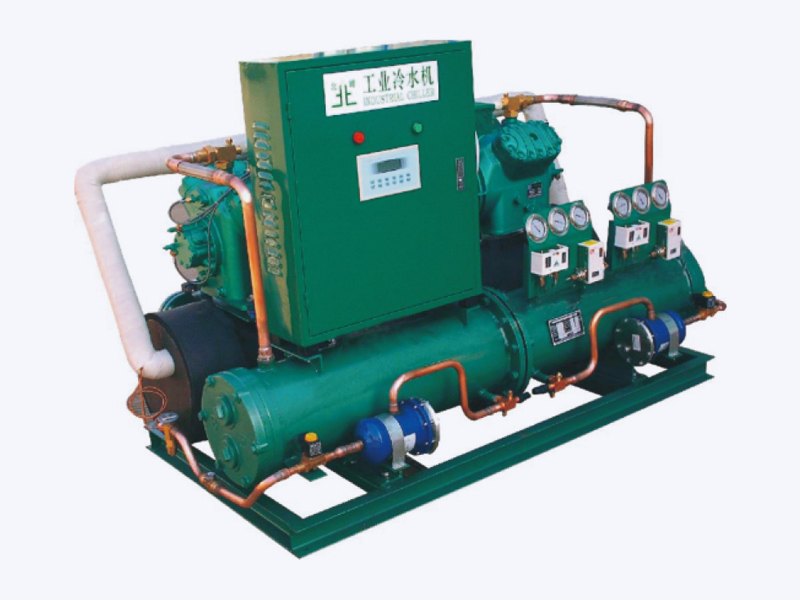Chiller capacity plays a crucial role in determining its performance, especially in varying environmental conditions. Here's how chiller capacity affects performance under different circumstances:
Cooling Load Match: Achieving an optimal cooling load match involves a comprehensive analysis of the building or process to be cooled. This includes considering factors like solar heat gain, thermal mass, and occupancy patterns. Advanced simulations and modeling tools can be employed to precisely calculate the required chiller capacity, ensuring an efficient and balanced match between the chiller and the actual cooling load.
Efficiency in Part Load Conditions: Part load efficiency is a critical consideration as chillers often operate at less than full capacity. Cutting-edge chiller designs incorporate variable capacity compressors, multiple refrigeration circuits, and adaptive control algorithms. These features enable the chiller to maintain high efficiency even when operating at partial loads, ensuring optimal energy performance under diverse conditions.
Climate Considerations: Climate considerations extend beyond temperature, encompassing humidity, altitude, and seasonal variations. Chiller selection involves a thorough examination of climate data, including peak load conditions. In regions with extreme weather events, chillers may need additional features such as surge control for compressors, ensuring reliable performance under the most challenging environmental conditions.
Variable Speed Drives (VSD): Variable Speed Drives (VSD) contribute significantly to chiller efficiency by allowing precise control over the speed of compressors and other components. Going beyond the basics, advanced VSD systems may incorporate machine learning algorithms that adapt to historical usage patterns, further optimizing performance. These intelligent systems enhance energy savings and reduce overall operational costs.
Load Fluctuations: Managing dynamic load fluctuations requires advanced load forecasting techniques. Chiller systems equipped with predictive analytics can anticipate changes in cooling demand. This proactive approach allows the chiller to pre-adjust its capacity, preventing unnecessary cycling and ensuring a seamless response to unpredictable load fluctuations.
Humidity Control: Achieving precise humidity control involves considering factors such as dew point, latent heat removal, and psychrometric properties of air. Chiller systems designed for humidity-sensitive applications may integrate advanced controls for reheat, variable air volume (VAV), or even dedicated dehumidification systems. The chiller's capacity must align with the specific requirements of both temperature and humidity control for optimal performance.
Ambient Temperature Considerations: In-depth ambient temperature considerations involve evaluating the chiller's performance characteristics under various temperature extremes. This includes assessing the efficiency of heat exchange components, refrigerant properties, and the effectiveness of heat rejection mechanisms. Chillers designed for specific ambient temperature ranges may incorporate features such as thermal storage or hybrid systems to adapt to diverse climate conditions.
Part Load Efficiency Improvement Technologies: Exploring part load efficiency improvement technologies unveils a spectrum of innovations. Beyond basic VSD, some chillers leverage advanced control strategies, such as demand-based sequencing of compressors or intelligent refrigerant cycle optimization. These technologies aim to extract maximum efficiency from the chiller, especially during periods of varying load demands.
Semi-Hermetic Industrial Chiller

Semi-Hermetic Industrial Chiller


 English
English عربى
عربى 简体中文
简体中文








.jpg?imageView2/2/w/300/h/300/format/webp/q/75)



